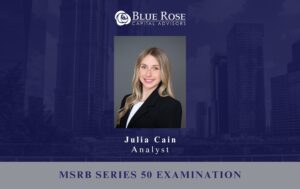In the current market, debt service reserve funds create negative arbitrage for issuers due to the difference in available investment rates for the reserve fund and the borrowing rates of the bond transaction. On the other hand, a debt service reserve fund may benefit the issuer by creating more investor demand for the bonds, leading to a lower rate. In particular, lower rated credits in the BBB range and sub-investment grade category typically benefit from including a debt service reserve fund, sometimes significantly, depending on the market environment and investor appetite. By not including a mortgage or debt service reserve fund, we estimate that lower BBB rated credits could be negatively impacted in their bond pricing by as much as 20 to 50 basis points based on current market feedback. This is why debt service reserve funds are explored and often used by such credits.
The negative arbitrage created by a debt service reserve fund given current market rates can be 100 basis points or more: however, this only effects the portion of issue that is funding the reserve fund. Generally, a debt service reserve fund is sized at the lesser of maximum annual debt service, 125% of average debt service or 10% of the par amount bonds issued. The interest cost reduction gained from increased market receptivity could potentially outweigh the loss from this negative arbitrage. For a $50 million dollar deal with a 30-year final maturity and assuming the DSRF is 10% par, it would make sense to include a debt service reserve fund even with 100 basis points of negative arbitrage if adding the reserve fund could lower credit spreads by more than 10 basis points in yield.
Blue Rose, an active advisor in the bond reinvestment area and on municipal bond pricings, can analyze based on the issuer’s permitted investments and credit rating and whether or not it makes sense to include a debt service reserve fund. For more information, please contact your Blue Rose advisor.
About the Author:
Georgina Walleshauser joined Blue Rose in 2017. As an Associate, she is responsible for providing analytical, research, and transactional support to senior managers serving higher education, non-profit, and government clients with debt advisory, derivatives advisory, and reinvestment services. She also prepares debt capacity modeling, credit analysis, and market analysis to support the delivery of comprehensive, strategic, and resourceful capital planning tools to our clients.
[email protected] | 952-746-6036
Media Contact:
Megan Roth
952-746-6056



